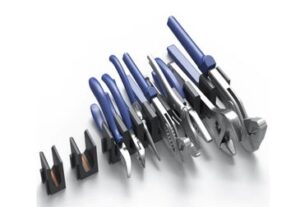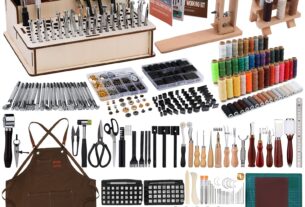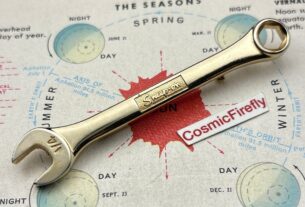If you’re a trapper, then you know the importance of having the right tools. One of the most important tools in any trapper’s arsenal is the conibear trap setting tool. This simple yet effective tool can make all the difference when it comes to trapping success.
In this article, we’ll take a closer look at conibear traps and how to use a conibear trap setting tool for maximum effectiveness. We’ll cover everything from choosing the right trap to setting it up correctly and safely. So, let’s get started!
What is a Conibear Trap?
A conibear trap is a type of body-gripping trap that’s commonly used by trappers to catch animals like muskrats, minks, and raccoons. These traps are designed to quickly and humanely kill the animal by crushing its neck or chest.
Conibear traps come in different sizes, with the 110 and 220 models being among the most popular. The size of the trap you choose will depend on the size of the target animal.
Why Use a Conibear Trap Setting Tool?
While conibear traps are effective at catching animals, they can also be dangerous if not set up correctly. The springs in these traps are very strong and can cause serious injury if they snap shut on your fingers.
That’s where a conibear trap setting tool comes in. This specialized tool allows you to set up your trap safely and without risking injury. It makes the process faster and more efficient, allowing you to lay more traps in less time.
Choosing the Right Conibear Trap Setting Tool
When it comes to choosing a conibear trap setting tool, there are several options available on the market. Some are designed specifically for certain sizes of traps, while others are adjustable to fit different sizes.
One important thing to consider when choosing a tool is the handle. Look for a tool with a comfortable handle that’s easy to grip and won’t slip out of your hand.
Another thing to consider is the material of the tool. A high-quality steel tool will be more durable and long-lasting than a cheaper plastic one.
Setting Up Your Conibear Trap
Now that you have your conibear trap setting tool, it’s time to set up your trap. Here are the steps you should follow:
1. Choose the right location: Look for areas where animals are likely to pass through, such as near water sources or along animal trails.
2. Bait the trap: Use bait that’s attractive to the target animal. For example, muskrats are attracted to sweet-smelling baits like marshmallows or apples.
3. Place the trap: Set up your trap in a way that forces the animal to walk through it, such as along a narrow path.
4. Attach the trigger: Use your conibear trap setting tool to attach the trigger wires to the trap.
5. Test the trap: Make sure your trap is working properly by testing it before leaving it unattended.
6. Mark your traps: It’s important to mark your traps so that others know they’re there and won’t accidentally stumble upon them.
Safety Tips When Using Conibear Traps
While conibear traps can be effective at catching animals, they can also be dangerous if not used properly. Here are some safety tips to keep in mind when using these traps:
1. Always use a conibear trap setting tool when setting up your traps.
2. Wear gloves when handling traps and bait.
3. Keep fingers and other body parts clear of the springs on the traps.
4. Never set up traps in areas where people or pets may come into contact with them.
5. Check your traps regularly and remove any caught animals as soon as possible.
6. Dispose of dead animals properly and in accordance with local regulations.
Conclusion
A conibear trap setting tool is an essential tool for any trapper looking to catch animals like muskrats, minks, and raccoons. By choosing the right trap, setting it up correctly, and using a conibear trap setting tool, you can improve your chances of trapping success while staying safe and avoiding injury.
Remember to always follow safety guidelines when using conibear traps, and dispose of any dead animals properly. With these tips in mind, you’ll be well on your way to becoming a successful trapper!
References:
1. “Body-Gripping Traps.” Minnesota Department of Natural Resources, www.dnr.state.mn.us/mammals/trapping/bodygripping.html.
2. “Conibear Traps: Setting Techniques & Tips.” Duke Traps, www.duketraps.com/conibear-trap-setting-tips-techniques/.
3. “Trapping Safety Tips.” Ontario Federation of Anglers and Hunters, www.ofah.org/hunting/trapping/safety-tips/.




